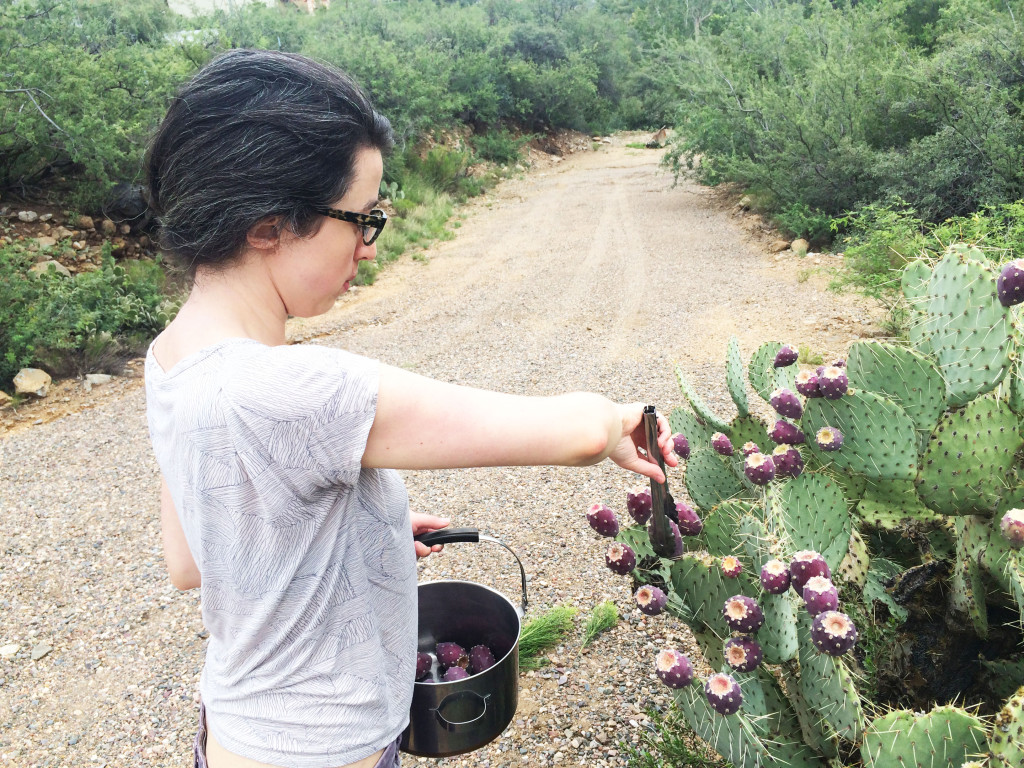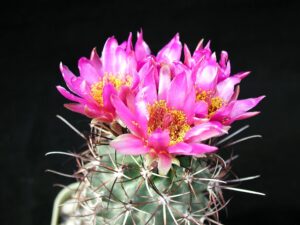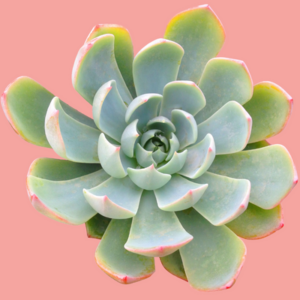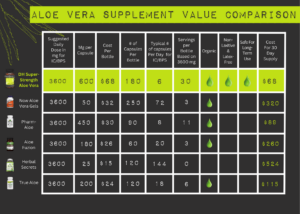Prickly pears, often shrouded in a veil of mystery, stand out as one of nature’s intriguing offerings. These vibrant fruits, borne from the Opuntia genus of cacti, have captivated the taste buds and curiosity of many. Their unique blend of flavor and texture sets them apart in the edible landscape of the plant kingdom. This article delves into the fascinating realm of prickly pears—addressing their edibility, the art of harvesting them, and the myriad ways one can savor their distinct taste.
Are Prickly Pears Edible? Understanding the Basics
To address the fundamental question, yes, prickly pears are indeed edible. Known scientifically as Opuntia, these cacti fruit are not only palatable but also possess a multitude of nutritional benefits. They are low in calories and packed with vitamins, particularly vitamin C, dietary fiber, and a spectrum of antioxidants that combat oxidative stress in the body. The flesh of the prickly pear features a juicy consistency, often described as a cross between a watermelon and a kiwi, with tiny, edible seeds that add a delightful crunch.
The distinct flavor profile of prickly pears can vary greatly depending on the species and ripeness. Ripe fruits typically exhibit sweetness, making them a delightful snack or an excellent ingredient for culinary creations. Whether enjoyed fresh, juiced, or transformed into jams and jellies, prickly pears offer versatility seldom found in other fruits.
Potential Health Benefits: More Than Just a Tasty Treat
Beyond their appealing taste and aesthetic, prickly pears are lauded for their health benefits. Incorporating them into your diet may have positive effects on digestion, as their high fiber content aids in promoting regularity and improving overall gut health. Furthermore, studies suggest that prickly pears can aid in lowering blood sugar levels, contributing to better management of diabetes.
Additionally, their antioxidant properties—primarily attributed to flavonoids and carotenoids—promote cellular health and may reduce inflammation. As research continues to unveil the myriad benefits of prickly pears, they emerge as a powerful ally in maintaining wellness and combating lifestyle-related ailments.
Harvesting Prickly Pears: A Delicate Undertaking
Harvesting prickly pears is an art form that requires both patience and caution. The process begins with the identification of the right time to gather these fruits. A common indication of ripeness is color; ripe prickly pears are often a vivid red or yellow, depending on the variety. It’s important to approach the cactus with care, as the pads and fruit are covered in tiny, hair-like spines called glochids that can cause discomfort upon contact.
To harvest prickly pears, equip yourself with a pair of thick gloves and a sharp knife. Grasp the fruit firmly and twist gently until it detaches from the plant. Alternatively, one can use tongs to grip the fruit to avoid direct contact with the glochids. It is advisable to harvest in the early morning or later afternoon when temperatures are cooler to minimize exposure to the sun.
Once harvested, the fruit should be cleaned meticulously to remove any glochids. This can be done by holding the fruit over a flame for a few seconds or rubbing it with a cloth to dislodge the spines. Washing the fruit under running water will also help eliminate any remaining prickles.
Preparing Prickly Pears: Culinary Possibilities
With the prickly pear now free from spines, it’s time to explore the culinary possibilities. The fruit can be sliced and eaten raw, added to salads for a burst of color and flavor, or blended into smoothies for a refreshing drink. The flesh can also be cooked down into syrup or jam, suffusing the kitchen with a sweet aroma reminiscent of summer.
In addition to fresh applications, prickly pears can be used in savory dishes. Their subtle sweetness pairs wonderfully with grilled meats and vegetables, enhancing the overall flavor profile of the meal. When making salsas or chutneys, diced prickly pear adds a unique twist, imparting both texture and vibrant color.
Beyond the fruit, prickly pear pads, known as nopales, are also edible. They are often cooked and enjoyed in burritos or scrambled egg dishes, providing a unique flavor and a host of nutrients.
Embracing the Prickly Pear Experience
The world of prickly pears is an enriching exploration of taste and health. Their unique attributes challenge the palate while offering a plethora of benefits that cater to not only personal wellness but also culinary creativity. Whether one is harvesting these fruits in the wild or purchasing them from markets, enjoying prickly pears is an experience that pays homage to the bountiful gifts found in nature.
As their popularity continues to grow, so does the fascination surrounding prickly pears. From their vivid appearance to their robust flavor, prickly pears embody the spirit of adventure in gastronomical exploration. Embrace the art of harvesting and savoring this extraordinary fruit, allowing yourself to be enticed by the multifaceted experiences it offers. In doing so, one not only delights in the bounty of nature but also fosters a deeper connection to the environment and the rich culinary traditions tied to it.





Leave a Comment